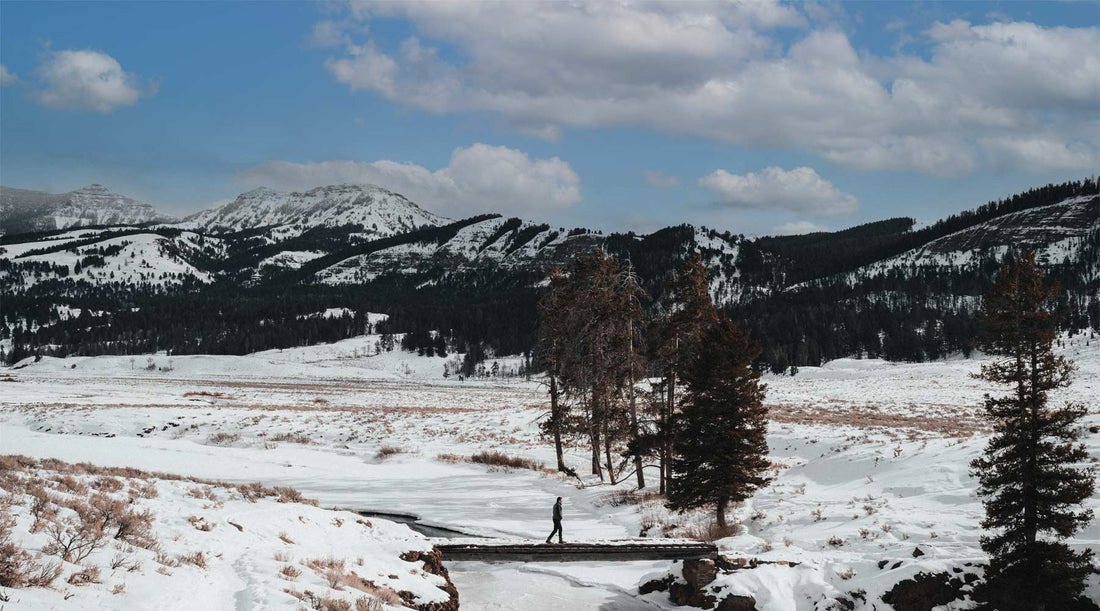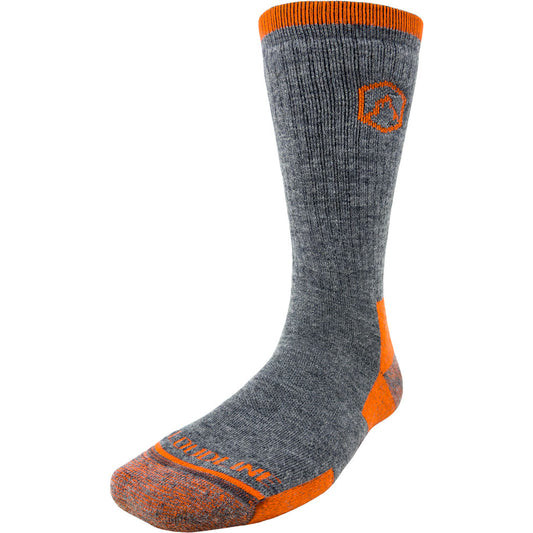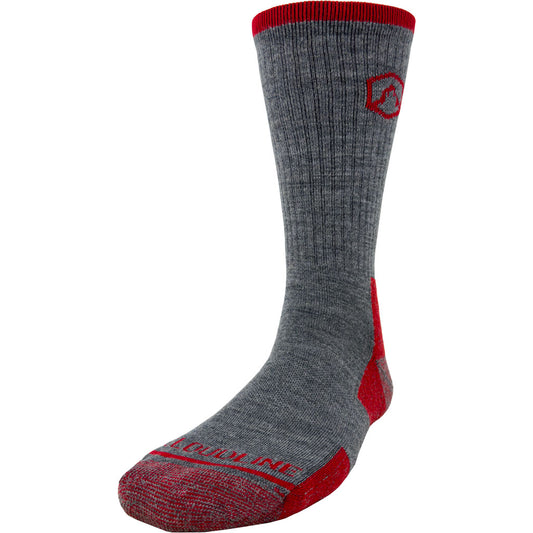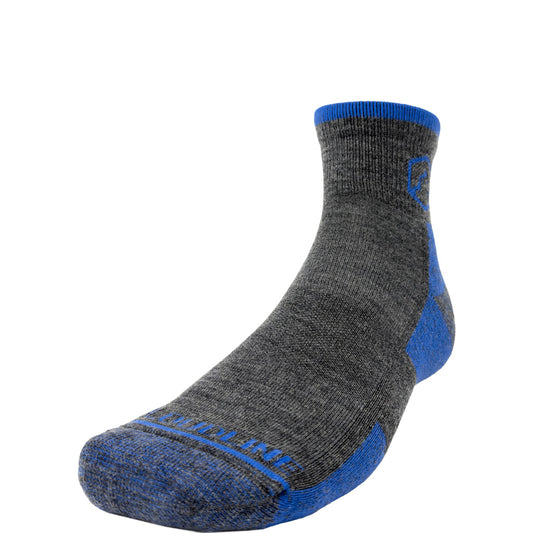Lots of people save their big adventures for summer — when the weather’s nice and most commitments dwindle. But traveling during the summer isn’t always a breeze. Hot weather, crowds, and higher costs can quickly dampen your adventurous spirit.
If you’re looking to get away at a different time of year, winter might be the ticket. Whether you’re craving a warm escape or a true snowglobe experience, it’s fun to embrace travel during this quiet, magical season.
We’ve rounded up a list of six adventure-worthy destinations for winter travel — all differing in climate, outdoor activities, and scenery. So when the holidays wind down and cabin fever sets in, pack your bags and head off to one of these fantastic winter destinations.
1. Enjoy Wildlife and Hot Springs

Most people visit the country’s first national park in the summer, but a winter visit to Yellowstone National Park could be even more memorable.
Winter shuts down access to much of the park, dramatically limiting travel. But visitors can drive through the north entrance in Gardiner, Montana to access the northern portion of the park. Though a small fraction of the park, it offers a lot to see and do in winter.
Lamar Valley, one of the park’s most well-known wildlife hotspots, is located within this northern section of the park. In winter, visitors can join the devout local wolf watchers looking for a glimpse of these incredible animals. The white covering of snow makes this time of the year best for spotting wolves.
Mammoth Hot Springs is another highlight — where you can explore the travertine terraces that make you feel like you’re on another planet. You’ll have to head outside the park to find a safe place to soak, but you’ll have a few options. Pick one of the region’s developed hot springs to soak in mineral-rich water while enjoying the stunning winter scenery.
2. Snowshoe and Ice Climb above Lake Superior

Only 3% of Michigan’s population lives in the state’s Upper Peninsula — but what it lacks in people, it makes up for with natural beauty. Hugging Lake Superior, Pictured Rocks National Lakeshore is a cold, snowy, and icy winter destination. For those hearty enough, it can offer both serene and extreme winter activities.
Pictured Rocks receives an average of about 140 inches of annual snowfall. And with lots of trails crisscrossing peaceful woods and windblown beaches, you can strap on snowshoes or cross-country skis and explore all day long.
If you’re looking for a more extreme activity, Pictured Rocks is also known for ice climbing. The colorful cliffs that give Pictured Rocks its name are made of porous sandstone — which, when water seeps out and freezes in the frigid winter air, creates curtains of ice perfect for the sport. Experts can go on their own — otherwise, you can hire a local outfitter to help you have a safe and memorable adventure.
3. Soak up the Sun in Red Rock Country

You don’t need to head to the tropics to get a healthy dose of vitamin D during the winter — instead, you can head to Sedona’s red rock country for an abundance of much-need winter sunshine.
Unlike neighboring Flagstaff, which sits at nearly 7,000 feet, Sedona doesn’t get much snow or terribly cold weather. In fact, average high temperatures in the winter reach the 60s — which, with that beautiful desert sunshine — makes for near-perfect hiking weather. But when the occasional storm does bring a dusting of sparkly snow, the red rocks transform into an impossibly beautiful winter scene.
Winter doesn’t really limit the outdoor activities Sedona is famous for — in fact, the milder weather makes many outings a bit more pleasant. Hiking, biking, horseback rides, and jeep tours will be just as magical — and a little less crowded — in winter.
4. Ski and Play Lots of Snow

Lake Tahoe is more than a summer destination — and if you’re a skier, you probably know why. With more than 200 inches of annual snowfall, this region of the Sierra Nevada is the perfect backdrop for all your winter outdoor adventure dreams.
The combination of lots of snow and really big mountains makes the area ideal for skiing and snowboarding. Skiers and snowboarders will have no trouble filling their time at one of the region’s many ski resorts. But you don’t have to be a skier to enjoy the wintry weather. There’s plenty else to do — like cross-country skiing, hiking, snowshoeing, snowmobiling, or even sledding.
Unlike some of the other snowy destinations on this list, Tahoe isn’t especially cold — despite all the snow. In some cases, warmer weather may mean you have to head to higher elevations to access some of the winter activities. It’s worth noting Tahoe weather changes on a dime, so you never really know what you’ll get. But if you like the idea of getting snowed in, Tahoe should be on your list.
5. Find Solitude in the Desert

While Big Bend National Park is certainly off the beaten path, you may have to hit the trails to find absolute solitude in the winter. That’s because this time of year brings absolutely perfect weather to this West Texas desert landscape. We’re talking highs in the 70s, sunny skies, and cold, starry nights.
There aren’t many places with such idyllic hiking weather in the winter, so if you find yourself in Big Bend, you’ll definitely want to take advantage. And with more than 150 miles of trails spanning several thousand feet in elevation, there’s a lot to explore. Canyons, mountains, and of course, the Rio Grande beckon hikers into this remote desert landscape.
Once you’ve had your fill of hiking, you can relax on a scenic river float — yep, even during the winter. Or if you’re an avid birder, take advantage of this Globally Significant Birding Area. Finally, don’t go to bed when the sun goes down — with some of the clearest, darkest skies you’ll ever see, don’t miss out on the unbelievably starry sky.
6. Visit the Country’s Most Popular National Park — With a Fraction of the Crowds

If you’ve ever been to Great Smoky Mountains National Park, you know how crowded it can get. In 2021, the park received over 14 million visitors. But the vast majority of these visitors come in warmer months — during spring, summer, and fall — leaving the winter available for those who don’t mind chillier temperatures.
With the dramatic changes in elevation that characterize the Smokies, the park’s winter weather varies based on where you are. In the valleys, temperatures can be quite mild — even balmy. Higher elevations, however, may receive several feet of snow. Some roads and campgrounds do close, but there are still plenty of options for visitors who want to stay in the park.
In the winter, take advantage of the relatively empty hiking trails — this park has over 800 miles worth. There may be some snow — especially at high elevations — but the quiet trails and snow-dusted scenery are well worth it.
Where will your winter travels take you?
Whether you’re headed to the snowy mountains or the sunny desert, we want to hear about it. Tag us on Instagram with #cloudlinesocks to share your adventure, and happy travels!





